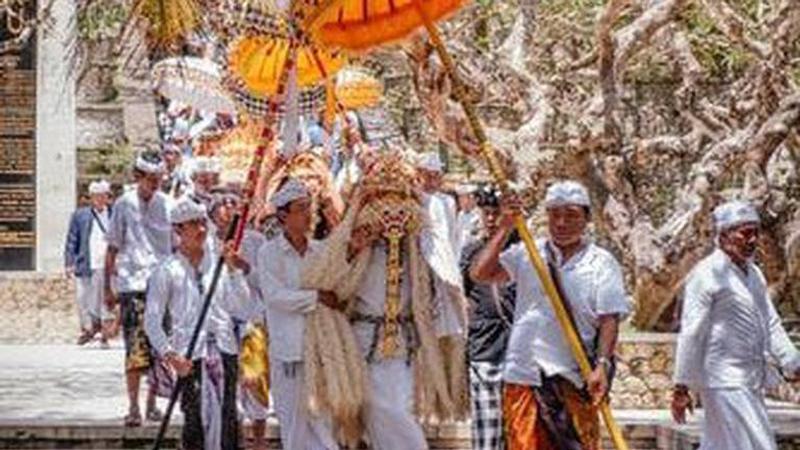Published 17:30 IST, July 28th 2020
Kharchi Puja 2020: Why is this festival celebrated and what is its history?
Kharchi Puja 2020 will soon be celebrated on July 28. Here is a look at the festival's cultural significance, history, and why it is celebrated each year.

Kharchi Puja is a Hindu event that is celebrated each year in Tripura, India. The festival is celebrated in the state's largest city and capital, Agartala, in the month of July or August. During this festival, people in Tripura worship the Chaturdasa Devata or the fourteen Gods who formed the dynasty of Tripura. These Chaturdasa Devata are a variation of the traditional Hindu Gods that are worshipped in the rest of India. Here is the history and significance of the Kharchi Puja.
Kharchi Puja 2020: Significance and history
Also Read | Man On 800km Journey To Ayodhya For Ram Mandir Puja; Brings Message Of Interfaith Harmony
Kharchi Puja is a week-long celebration that is held in the month of July or August, depending on the Hindu Lunar Calendar. This puja starts during the eighth day of the new moon and is conducted by thousands of people. This festival is celebrated in the heart of Agartala, in the temple of the fourteen Gods. This year, Kharchi Puja will begin on July 28, 2020.
Also Read | 'Entire Nation Came Together For This Day After 500 Years,' CM Yogi Ahead Of Bhoomi Pujan
The name of the Puja is derived from the word Khya, which means earth. Therefore, the Kharchi Puja is meant to celebrate the earth itself. Conducted for seven consecutive days, this puja signifies the washing off of all sins and also celebrates the Chaturdasa Devata who is Tripura's version of the Hindu Gods.
On the day of the Puja, the fourteen Gods, aka the Chaturdasa Devata, are carried to the Haora River, also known as Saidra. The Gods are transported by the Chantai of the temple. The Gods are then bathed in the holy water of the river and are returned to the temple of the fourteen Gods. The Gods are then given an offering of flowers and vermillion. Animal sacrifices are also performed by some people. This festival attracts thousands of people from all over the state and cultural events are held for all seven days.
Also Read | Ahead Of Bhoomi Pujan, NHAI Approves Civil, Beautification Works Of Rs 55 Cr For Ayodhya
According to legends, after the death of Tripura's legendary ancient king Tripur, the fourteen Gods promised to grant a son to his widow. However, they demanded regular worship of the Gods by the people of the kingdom. This is how the festival first started in Tripura. Historians believe that the people of Tripura adjusted their own culture and religion once the influence of Hinduism reached the area.
[Promo by Johan Mouchet on Unsplash]
Updated 17:30 IST, July 28th 2020



